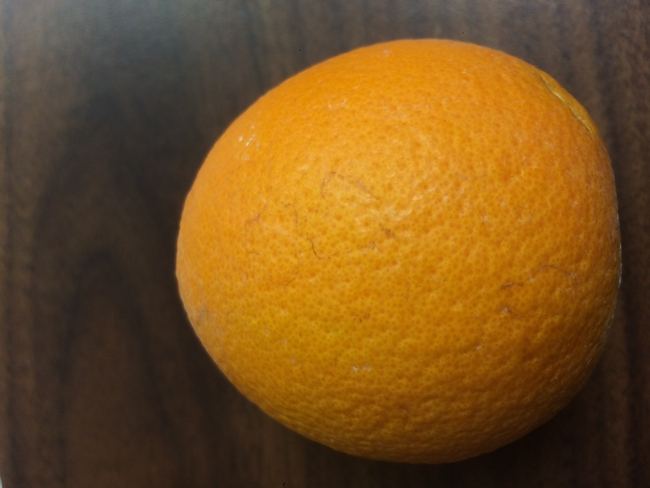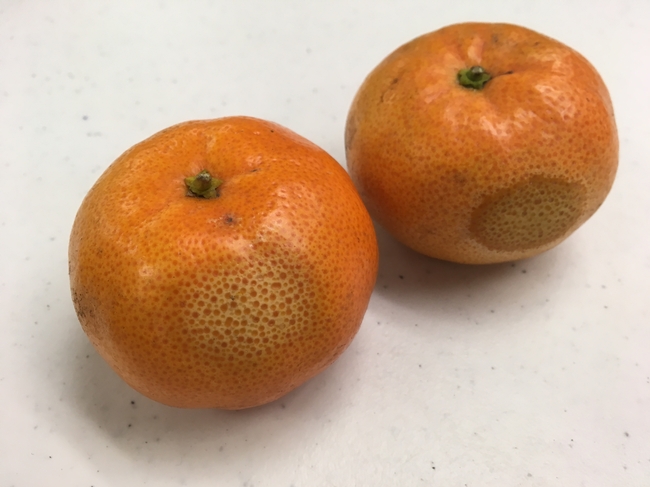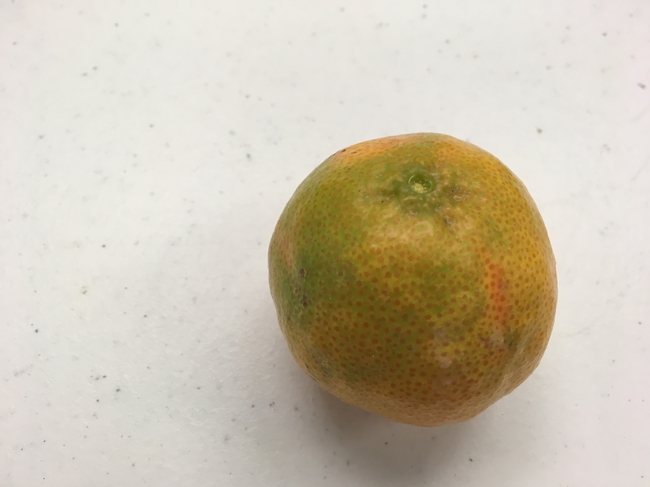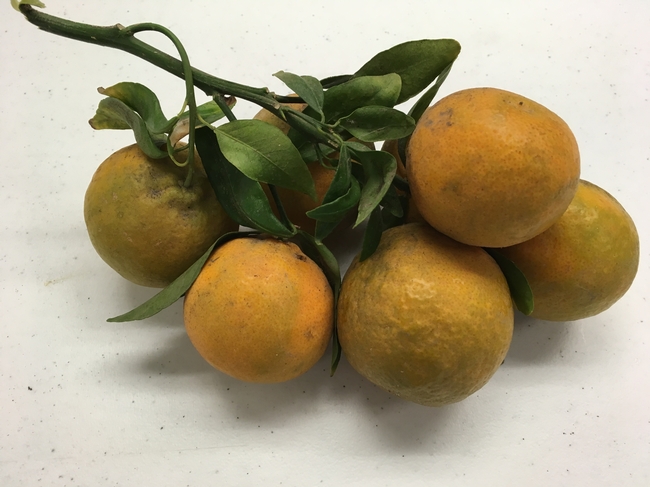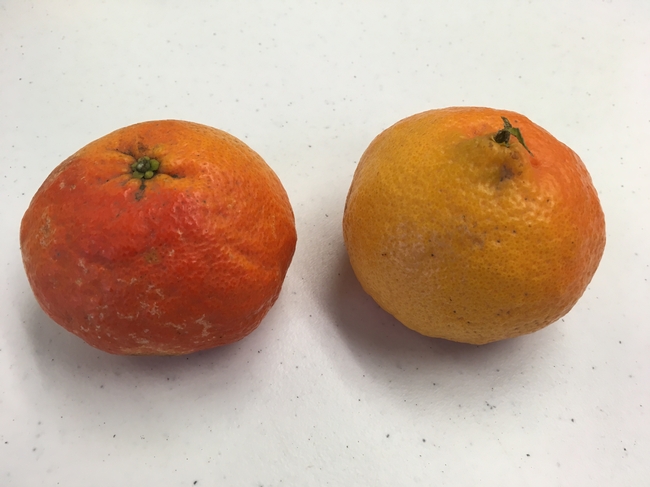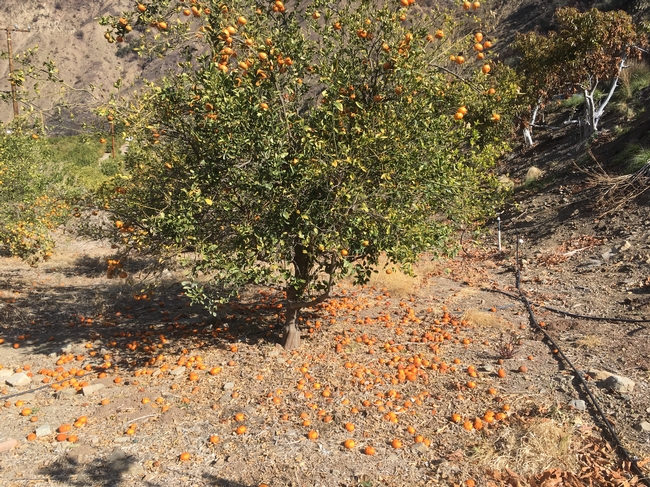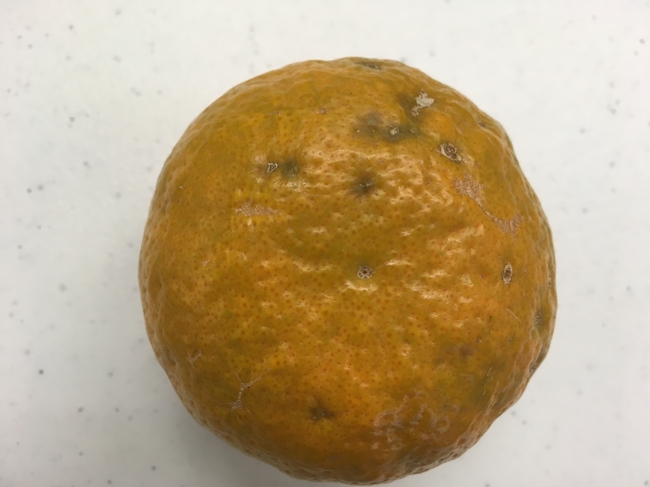- Author: Jim Downing , UC Agriculture and Natural Resources Lucien Crowder, UC Agriculture and Natural Resou
California avocados often are exposed to high temperatures after harvest, either in the field or during preconditioning (ethylene treatment), especially in summer. It's been known that long periods of high temperatures can delay ripening time and reduce fruit quality, but a new study indicates pronounced effects after only short periods of high temperature following harvest. Authors of the study concluded that it's important to maintain avocados at temperatures below 25°C following harvest and that the ideal temperature to ripen the fruit is 20°C. The authors also found that ripening below 20°C resulted in significantly longer ripening times and resulted in poorer coloration of the ripened fruit.
Mary Lu Arpaia, UC Cooperative Extension specialist, Jim Sievert and Sue Collin, staff research associates (retired) in the Department of Botany and Plant Sciences at UC Riverside, working with David Obenland, research physiologist with the USDA Agricultural Research Service, Parlier, studied for two seasons holding avocados from multiple harvest times for the first 24 or 48 hours of the ripening period at high temperatures (20°C to 35°C), with and without ethylene. In the third season, they made a detailed assessment of ripening temperatures (15°C to 25°C) on ripening time and fruit quality.
Results from the first two seasons showed that even a 24-hour exposure to temperatures of 25°C and above inhibits ripening and increases postharvest disorders such as stem end rot and body rot. In season 1, the incidence of stem end rot increased from 9.7% at 20°C to 32.3% at 35°C, and body rot increased from 3.9% to 20.2% for the same treatment comparison. Ethylene applied during the exposure period was ineffective in preventing the disorders.
In the third-season trial, temperature was also shown to be critical. Fruit ripened below 20°C took slightly longer to ripen. Additionally, the authors found that the ripened fruit at either 15°C or 18°C remained more green then fruit ripened at the higher temperatures. Avocados ripened above 20°C were more likely to develop pink discoloration in the mesocarp. Ripening temperature had no effect on overall likeability, or ratings of grassy or rich flavor.
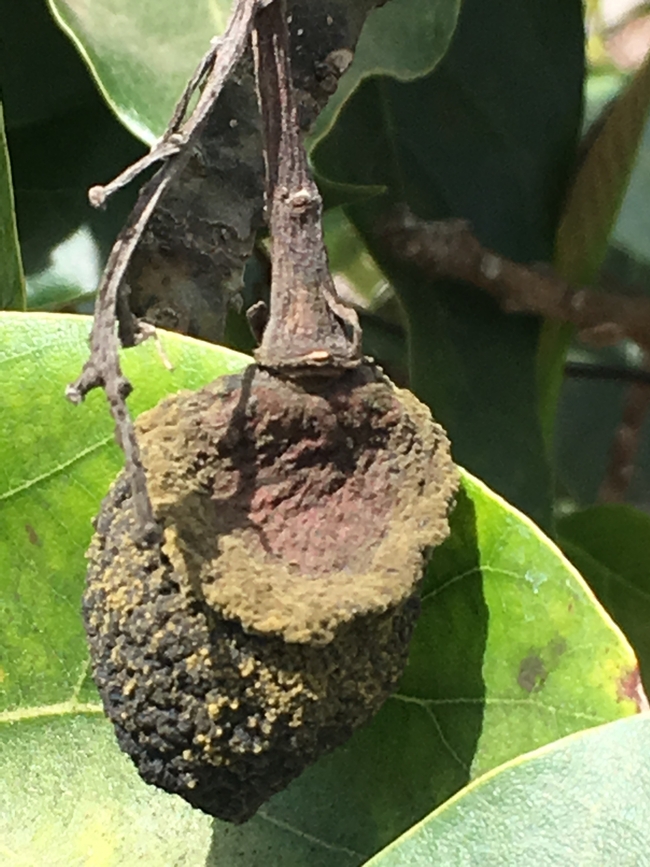
- Author: Ben Faber
Mandarins, also known as “zipper skins” and “easy peelers” can have very fragile peels/skins/rinds/exocarp that make them easily subject to more damage than most oranges and lemons. Some are a bit tougher skinned than others, but some are so fragile that any rough handling often prevents them from going through conventional packing operations.
These skins were recently put to the test in the recent fires in Ojai. There was a mix of different varieties - ‘Pixie', ‘Gold Nugget', ‘W. Murcott', ‘Yosemite Gold', ‘Tahoe Gold' and others. Some of them were more sensitive than others, some were closer to the fire, all were affected by smoke to some degree. In Matilija Canyon where smoke was present for many more days than in the east of the Ojai Valley and possibly more ash, the trees have started flowering sooner. That might be temperature difference, either cooler or warmer, so it is hard to say how much effect the smoke has had versus, the ash and/or heat. Smoke has many different gasses in it, one of which is ethylene which is a naturally occurring ripening agent. Smoke not only has gasses, but it occludes the sun so less or more or altered light might have an effect on these fruit. It's not a controlled experiment, so some little scientist is going to have to come along and wriggle out these different effects. Whatever. Fire and smoke have an effect on mandarins as we have seen in other crops, such as cherimoya, avocados and other citrus.
Heat damage. Fruit facing the fire.
Ash effects on fruit coloring. Fruit was covered with ash for several days until rain washed it off. Might be a pH effect (ash is alkaline), temperature effect, uneven light radiation, or other…….
Same sort of uneven coloring, that actually looks like an ashy color, but the ash has washed off the cluster by rain
And here's something interesting where fruit facing the fire is much lighter colored than fruit facing away from the fire. Here are two pieces of fruit, one from the side directly facing the fire, and the other from the other side of the tree. The side of that fruit facing the fire was also lighter colored. So, it had an effect through the canopy (small tree). The canopy was otherwise intact, unaffected heat or flames.
Oh yeah, and there is the characteristic fruit drop from either the heat, smoke gases, water stress or ….
And then there's the fruit that looks like it had actual embers on the skin.
If the tree survives and keeps its green leaves, sometimes the fruit is affected in ways that don't appear for a while. The peel may be affected, but in many cases the fruit is just as sweet as it could be. It just looks terrible. That might even be a selling point. "Here have a wonderous piece of history that braved the horror of the Ojai fires."
- Author: Ben Faber
Arpaia M.L.; Kahn T.L.; El Otmani M.; Coggins C.W.Jr; Demason D.A.; O'connell N.V.; Pehrson J.E.Jr, 1991: Pre harvest rind stain of valencia orange histochemical and developmental characterization. Scientia Horticulturae (amsterdam). 46(3-4): 261-274
Pre-harvest rindstain of California [USA] cultivar 'Valencia' orange Citrus sinensis has economic significance since fresh fruit marketability is reduced. Quantification of the incidence of rindstain as related to tree quadrant has allowed us to designate quadrants where rindstain was most likely to occur (upper outside SW) or least likely (lower inside NE) to occur. Growth and development characteristics of fruit from the two quadrants were measured throughout fruit development. Significant differences in percent weight loss between fruit from the SW and NE quadrants occurred at color break and at commercial maturity. Structural and histochemical changes in flavedo tissue of fruit from SW or NE tree quadrants were monitored over the course of fruit development and maturation. First evidence of periderm formation occurred in October, coincident with observed changes in histochemical staining for lipids. These differences were increasingly evident as the fruit approached horticultural maturity and visual symptoms of rindstain developed. The development of a pronounced periderm in affected fruit suggests that rindstain is due to a physical trauma, although we do not believe it is caused by wind.
This from Mary Lu Arpaia in response from a Central Valley problem that cropped up recently. Fruit looked on the tree, but after getting it into the packing house, it started showing these symptoms
Here is her summation of the abstract above:
1) Fruit were predisposed to this problem as early as colorbreak. We found this out by doing some elaborate fruit manipulations in the field in the fall and looking at symptoms in the spring.
2) Symptoms really started to appear about this time of year and then progressively worse
3) There was a loose correlation to presence of citrus thrips in the previous year
4) Fruit isolations did not find much of anything but weak saprophytic fungi.
5) At this point, it's not clear what a grower can do to prevent it.
Rindstain on Ruby Red Grapefruit in the Hemet area was noted in the 1990's and the observation there was possible moisture from dew or rain focusing sunlight to cause the condition. So it's not really from even a general observation.

